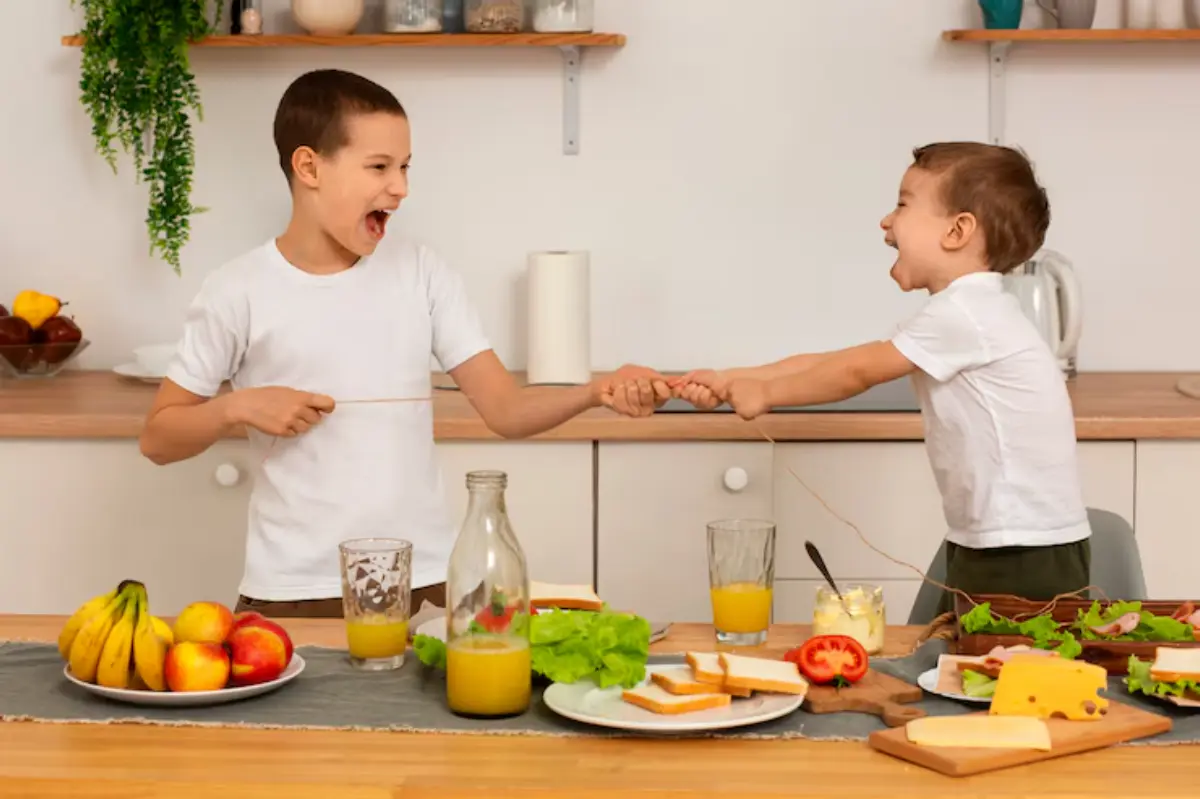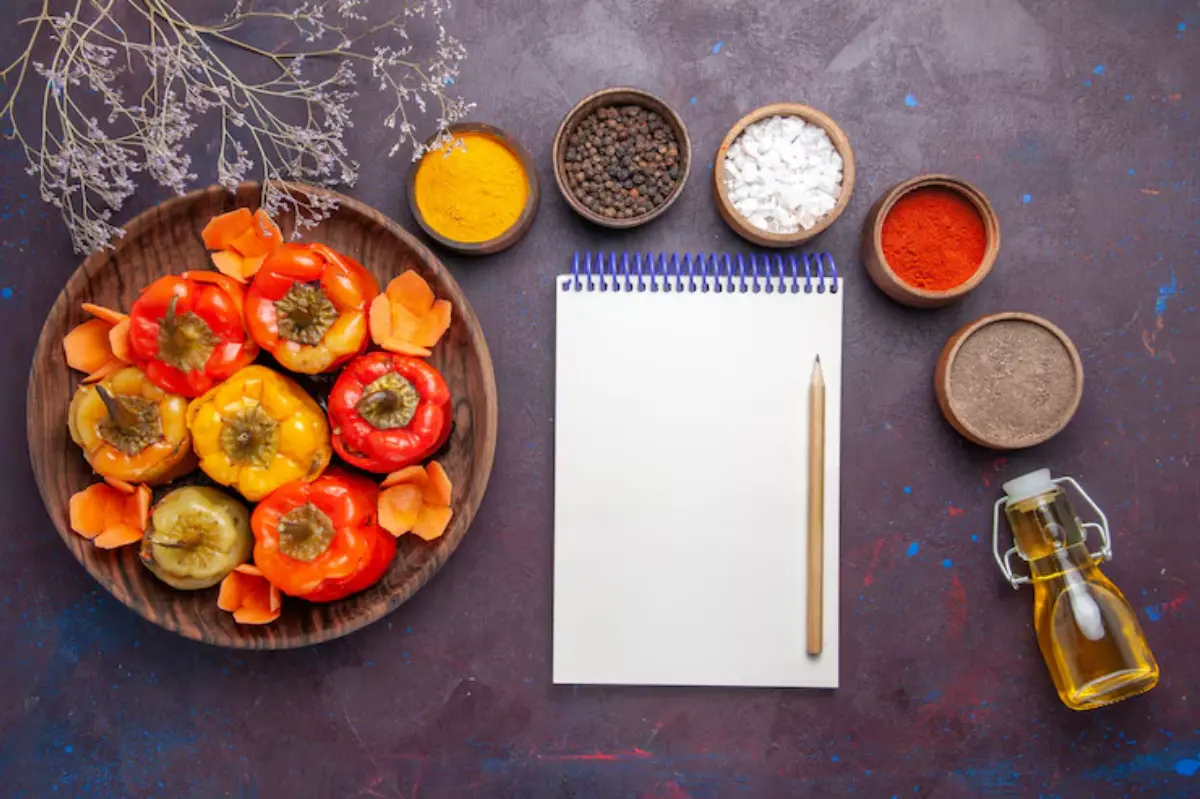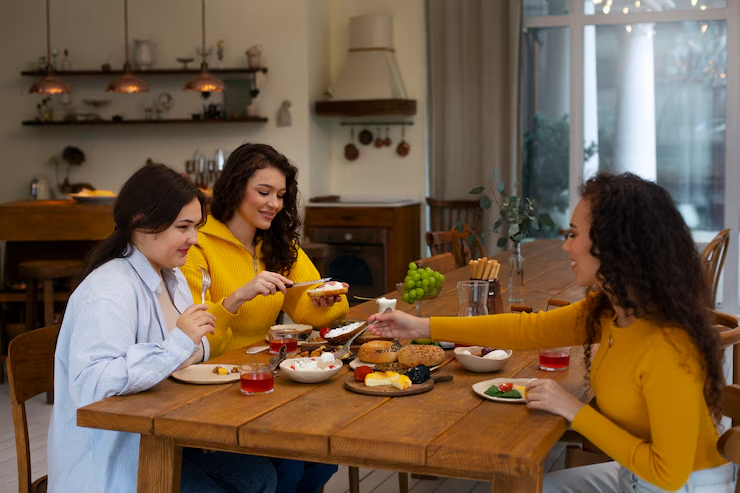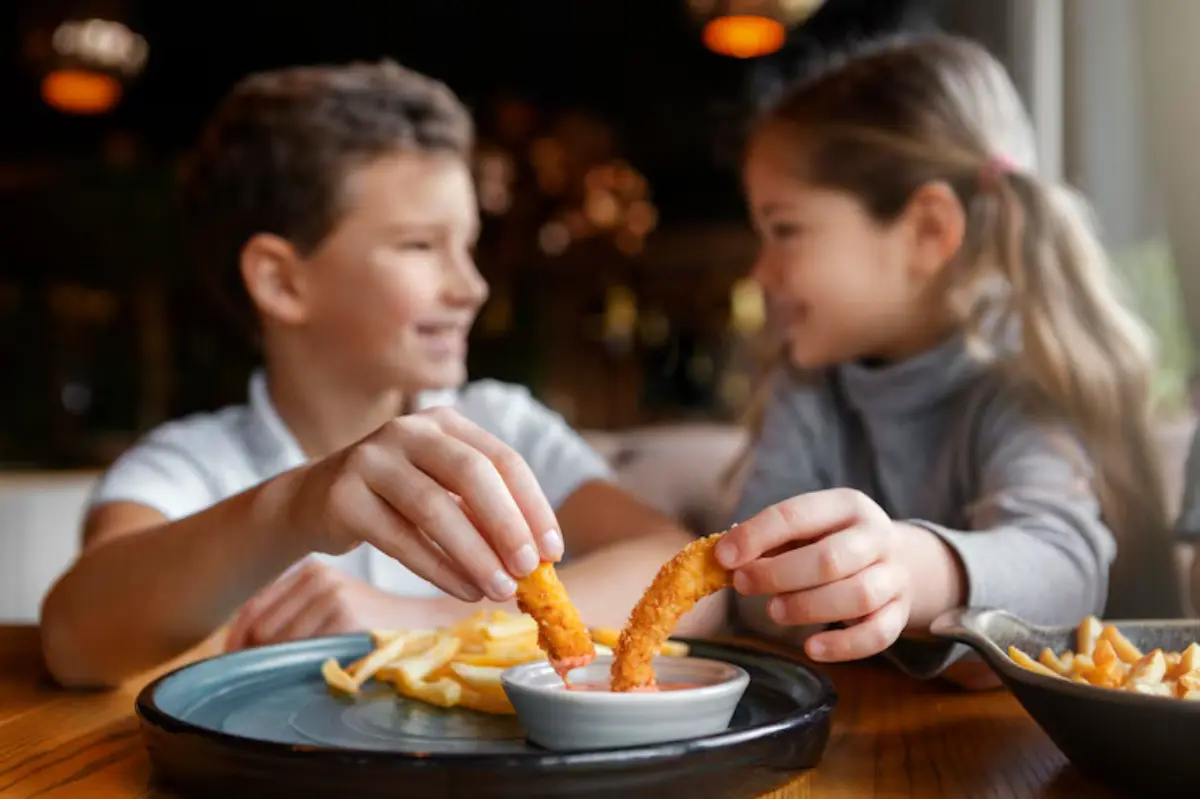
How to Get Your Kids Excited About Meal Planning
Getting children involved in meal planning and preparation may sound like extra work—but it can be a game-changer. It encourages healthy eating, teaches life skills, and strengthens family bonds.
This guide shows you how to introduce fun meal planning, safely involve kids in the kitchen, and use creative ideas for engaging food prep to build excitement around meals.
Pro Tip: Children are far more likely to eat meals they’ve helped plan and prepare.
Quick Guide: Why Involve Kids in Meal Planning?
- Teaches valuable cooking and nutrition skills
- Encourages trying new foods
- Reduces mealtime power struggles
- Builds responsibility and independence
- Creates positive family memories
Important: The key is to make the process fun, flexible, and age-appropriate.
Step-by-Step: How to Engage Your Kids in Meal Planning
Step 1: Let Them Help Create the Weekly Menu
Children love feeling in control. Start by letting them suggest meal ideas.
- Offer categories to guide them (e.g., pasta night, taco night)
- Create a “family favourites” list to inspire them
- Encourage them to choose meals for specific days
Quick Tip: Give young children two meal options to choose between to avoid overwhelming them.
Step 2: Take Them Grocery Shopping
Turn shopping into a learning adventure.
| Activity | Skill Learned |
| Picking fruits and vegetables | Colour recognition, counting |
| Reading labels together | Understanding ingredients |
| Budget discussions | Early money management skills |
| Finding items on a list | Organisation and responsibility |
Pro Tip: Let kids choose a “new food of the week” to try at home.
Step 3: Assign Age-Appropriate Kitchen Tasks
Involving children in food prep builds confidence and kitchen safety skills.
| Age | Tasks |
| 2–4 | Washing produce, tearing lettuce, stirring batters |
| 5–7 | Measuring ingredients, assembling sandwiches |
| 8–10 | Cutting soft foods (with child-safe knives), cooking simple recipes under supervision |
| 11+ | Following recipes independently, using oven and hob (with guidance) |
Sustainability Note: Teach kids to minimise food waste by planning meals with leftovers.
Step 4: Create a Dedicated Meal Planning Space

Having a visual planner keeps everyone on track.
- Use a whiteboard or chalkboard for the weekly menu
- Let children decorate the board with stickers or drawings
- Use colour-coded magnets or post-it notes for different meals
Quick Tip: Kids are more likely to stay engaged when they see their choices displayed.
Step 5: Make Food Prep Playful and Educational
Turn cooking into a creative activity.
Ideas:
- Use cookie cutters for fun sandwich shapes
- Arrange vegetables into smiley faces or rainbows
- Explore world cuisines by cooking themed meals together
- Host “build your own” meal nights (e.g., tacos, pizzas, salad bars)
Pro Tip: Encourage kids to invent a new dish and name it themselves.
Step 6: Involve Them in Setting the Table
Teaching table-setting is a great routine-building activity.
- Show them where plates, forks, and glasses go
- Let them fold napkins or add centrepieces
- Encourage a sense of pride and accomplishment
Quick Tip: Rotate the job between siblings to avoid arguments.
Step 7: Celebrate Success Together
Acknowledgement keeps children motivated.
- Compliment their cooking or planning efforts
- Take photos of their creations
- Let them taste-test and give feedback
Pro Tip: Create a “family recipe book” and add their favourite meals with photos.
Additional Tips for Success
| Tip | Why It Helps |
| Stay patient and flexible | Kids work slower and may make mistakes |
| Keep safety first | Always supervise when using heat or sharp objects |
| Avoid perfection | Focus on fun and participation, not flawless results |
| Embrace the mess | Cooking with kids will be messy—accept it as part of the fun |
| Stick to a routine | Consistency helps children know what to expect |
Common Mistakes to Avoid
| Mistake | Solution |
| Giving too many choices | Offer 2–3 options only |
| Expecting perfect results | Praise effort, not outcome |
| Skipping safety reminders | Teach proper handling of tools and appliances |
| Rushing the process | Allow extra time when cooking with kids |
| Taking over when mistakes happen | Let kids learn by doing (safely) |
Frequently Asked Questions

At what age can kids start helping with meal planning?
Even toddlers can participate in small ways. The key is adjusting tasks to their abilities.
What if my child is a picky eater?
Involvement can help. Children are more willing to try foods they’ve prepared themselves.
How do I manage meal planning with multiple children?
Assign different roles or days to each child so everyone has a turn.
Can this work with busy family schedules?
Yes. Even spending 10 minutes together planning for the week can make a difference.
Do I have to cook with my kids every night?
No. Start with once or twice a week and increase as time allows.
Build Healthy Habits for Life
Introducing fun meal planning, involving kids in the kitchen, and promoting engaging food prep transforms mealtimes from stressful to successful.
Not only will you build valuable skills and healthy habits, but you’ll also create meaningful family moments around food.
Be patient. Be playful. Grow confident young chefs in your kitchen.


